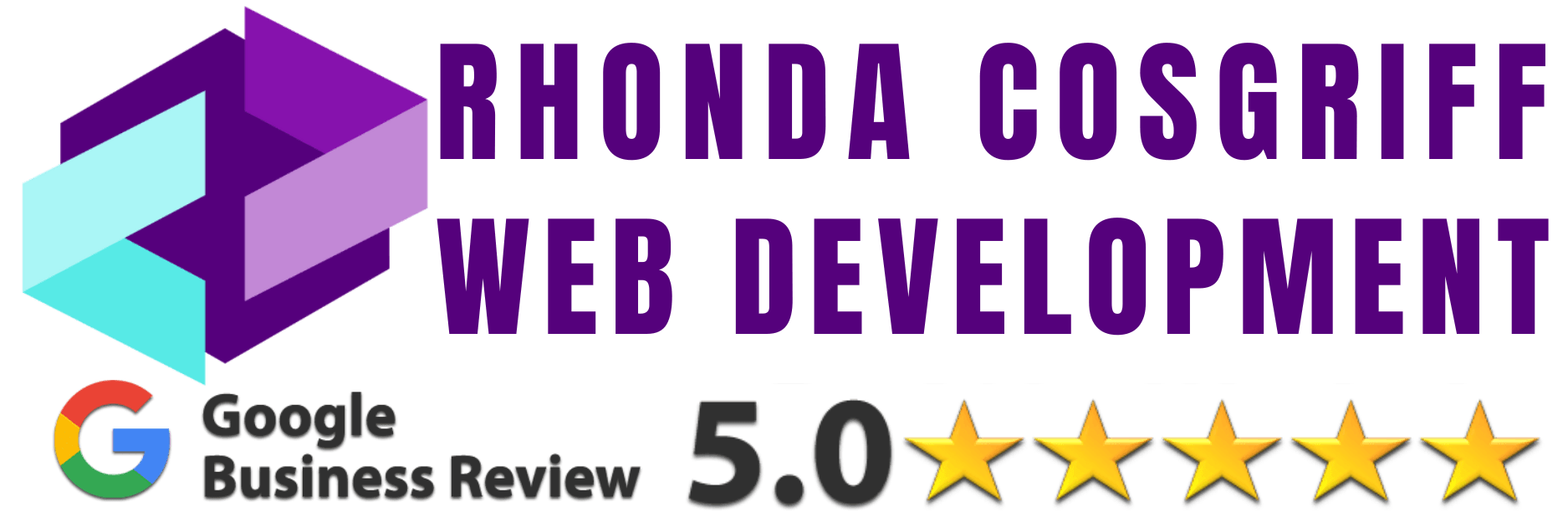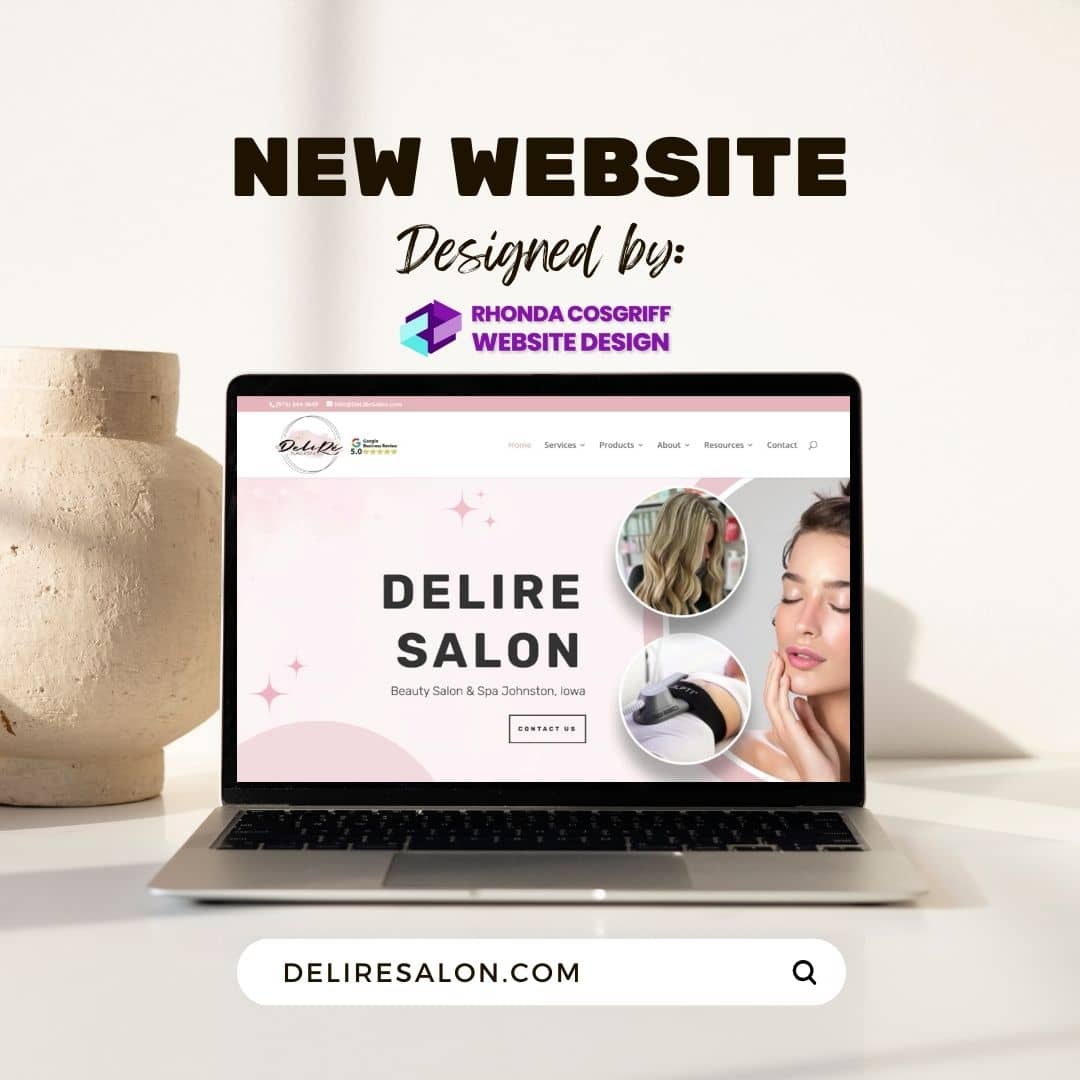Effective Call-to-Action for B2B Websites: Driving Conversions and Engagement
A well-crafted Call-to-Action (CTA) is a powerful tool in the B2B (Business-to-Business) marketing arsenal. An effective CTA can motivate website visitors to take specific actions that contribute to lead generation, conversions, and business growth. In this article, we will explore the elements of an effective CTA for B2B websites and discover strategies to drive conversions and engagement.
1. Clear and Action-Oriented Language
An effective CTA begins with clear and action-oriented language. Use concise and compelling phrases that encourage immediate action. Avoid vague terms and be specific about the action you want the visitor to take, whether it’s “Request a Quote,” “Schedule a Demo,” or “Download the Whitepaper.”
2. Placement and Visibility
The placement and visibility of a CTA significantly impact its performance. Position the CTA where it’s easily noticeable and strategically relevant to the content. It should stand out from the rest of the page elements, making it easy for users to find and engage with.
3. Use of Contrasting Colors
To draw attention to the CTA, use contrasting colors that complement your website’s color scheme. The CTA button should be visually distinct from the surrounding elements, making it instantly recognizable.
4. Creating a Sense of Urgency
Urgency can be a powerful motivator. Create a sense of urgency in your CTA by using time-limited language like “Limited Time Offer” or “Act Now.” Communicate the value of taking immediate action to encourage visitors not to miss out on the opportunity.
5. Offering Incentives and Benefits
Clearly communicate the benefits and value of clicking on the CTA. B2B buyers are often driven by the prospect of gaining a competitive advantage or solving a specific problem. Highlight the benefits they’ll receive by taking action to increase the appeal of the CTA.
6. Personalization
Personalizing CTAs based on user behavior and preferences can increase their effectiveness. Use data and user insights to tailor the CTA to different segments of your B2B audience, making it more relevant and compelling to each group.
7. A/B Testing
A/B testing is a crucial aspect of optimizing CTAs. Experiment with different variations of your CTA to identify which ones resonate best with your audience. Test different colors, wording, and placements to find the most effective combination.
8. CTA Placement in Email Campaigns
In email marketing for B2B, the CTA placement is critical for driving conversions. Ensure that the CTA is easily accessible without excessive scrolling. Use eye-catching buttons and persuasive language to encourage recipients to click through.
9. Post-Click Experience
The CTA’s job doesn’t end with the click; the post-click experience is equally important. Make sure the landing page or destination after clicking the CTA delivers on the promise made in the CTA itself. A seamless user experience enhances trust and encourages further engagement.
Conclusion
A well-designed and effective Call-to-Action can significantly impact the success of your B2B website and marketing efforts. By using clear, action-oriented language, placing the CTA strategically, offering incentives, and creating a sense of urgency, you can drive conversions and engagement. Regularly testing and optimizing CTAs, as well as personalizing them for different segments, ensures continuous improvement and maximum effectiveness. Remember that the post-click experience is just as important, so deliver on the promises made in your CTAs to build trust and foster long-term relationships with your B2B audience.










